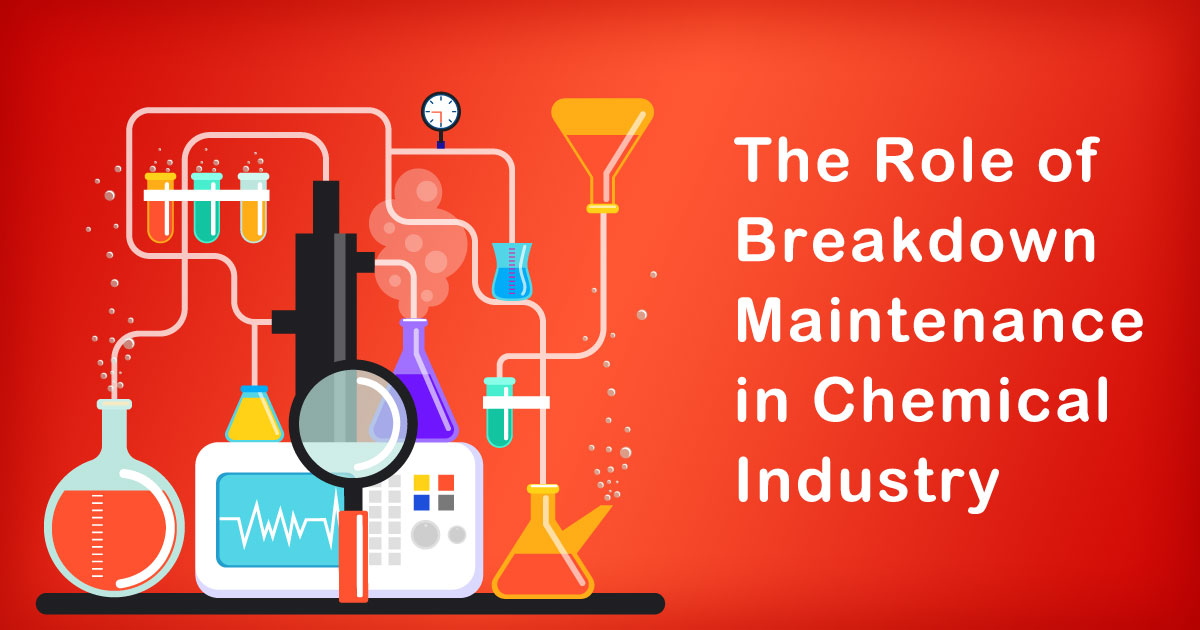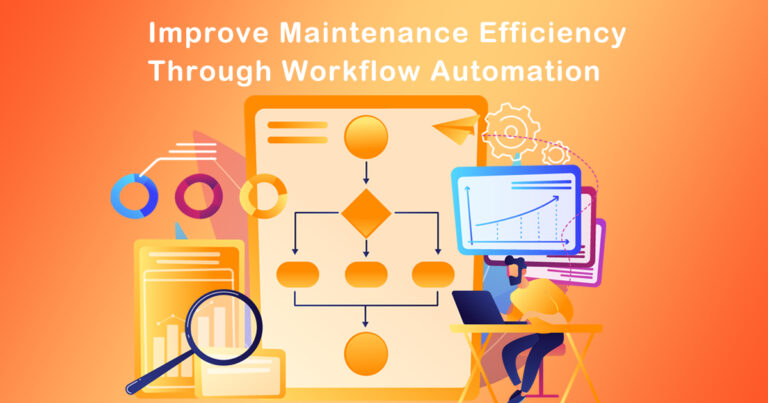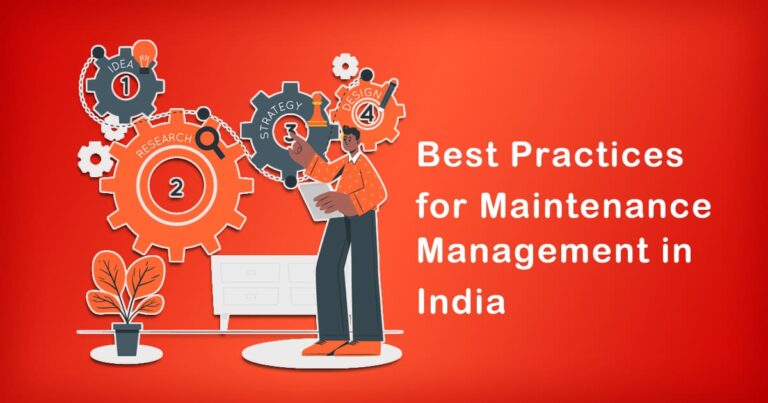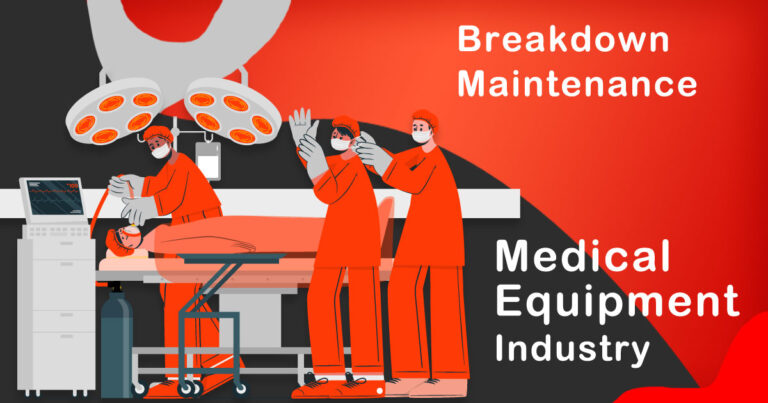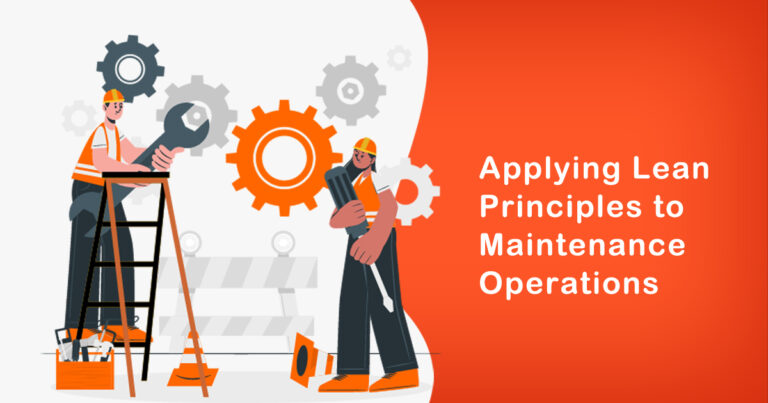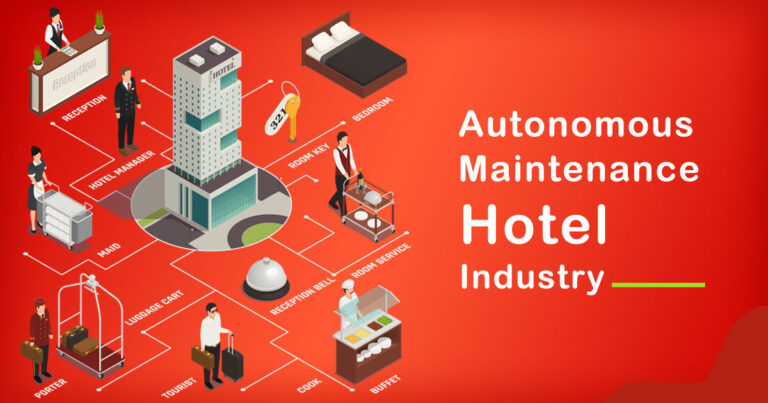Introduction
In the fast-paced and highly competitive world of the chemical industry, the need for efficient and reliable maintenance practices cannot be overstated. One particular aspect of maintenance that plays a vital role in ensuring smooth operations is breakdown maintenance. In this blog, we will delve into the significance of breakdown maintenance in the context of the Indian chemical industry, exploring its benefits, challenges, and the strategies that can be employed to optimize this crucial maintenance approach.
Understanding Breakdown Maintenance
Breakdown maintenance, also known as reactive maintenance or run-to-failure maintenance, is a strategy where repairs and maintenance activities are only carried out when equipment or machinery fails unexpectedly. Unlike other maintenance strategies that are based on predetermined schedules, breakdown maintenance responds to failures as they occur, aiming to restore the equipment to its normal operating condition promptly.
The Importance of Breakdown Maintenance in the Indian Chemical Industry
1. Minimizing Production Downtime:
In the chemical industry, where continuous production is essential, minimizing downtime is critical for maintaining productivity and meeting customer demands. Breakdown maintenance allows for immediate action to be taken in the event of equipment failure, reducing the time lost due to unexpected breakdowns and enabling a faster resumption of production.
2. Cost-Effectiveness:
While preventive maintenance strategies are generally employed to prevent breakdowns, they can be resource-intensive and time-consuming. Breakdown maintenance, on the other hand, focuses on repairing failed equipment promptly, thereby avoiding unnecessary preventive maintenance costs. In the Indian context, where cost optimization is crucial for competitiveness, breakdown maintenance can offer significant advantages.
3. Efficient Resource Utilization:
Breakdown maintenance can help optimize the utilization of maintenance resources, such as manpower and spare parts. Instead of allocating resources to perform routine preventive maintenance on equipment that might not require immediate attention, resources can be directed towards addressing critical failures promptly, ensuring efficient resource allocation.
Challenges in Implementing Breakdown Maintenance
1. Unplanned Downtime:
While breakdown maintenance can minimize production downtime, the unplanned nature of equipment failures can disrupt workflow and cause production delays. This highlights the importance of having robust contingency plans and backup systems in place to mitigate the impact of unexpected breakdowns.
2. Safety Concerns:
In the chemical industry, safety is of paramount importance. Equipment failures can pose safety risks to both personnel and the environment. Implementing effective breakdown maintenance requires a comprehensive safety management system that emphasizes risk identification, training, and compliance with safety protocols to ensure the well-being of employees and prevent accidents.
Optimizing Breakdown Maintenance Strategies
1. Condition Monitoring:
To maximize the effectiveness of breakdown maintenance, implementing condition monitoring techniques can be highly beneficial. By utilizing technologies such as vibration analysis, thermal imaging, and oil analysis, potential equipment failures can be detected early, allowing maintenance personnel to take proactive measures before a breakdown occurs.
2. Predictive Analytics:
Incorporating predictive analytics into maintenance practices can further enhance the efficiency of breakdown maintenance. By analyzing historical data and employing machine learning algorithms, it becomes possible to predict equipment failures based on patterns and trends, enabling proactive maintenance actions and reducing the likelihood of unexpected breakdowns.
3. Continuous Improvement:
Implementing a culture of continuous improvement is vital for optimizing breakdown maintenance. Regularly evaluating and refining maintenance processes, incorporating feedback from technicians and operators, and conducting root cause analysis of failures can help identify opportunities for enhancing maintenance practices, thereby reducing breakdown frequency and improving overall equipment reliability.
Conclusion
Breakdown maintenance plays a critical role in the Indian chemical industry, helping to minimize production downtime, optimize resource utilization, and ensure cost-effectiveness. Despite its reactive nature, breakdown maintenance can be enhanced through the adoption of condition monitoring techniques, predictive analytics, and a focus on continuous improvement. By implementing these strategies and emphasizing safety, chemical companies in India can mitigate the challenges associated with breakdown maintenance and achieve higher operational efficiency and reliability.


